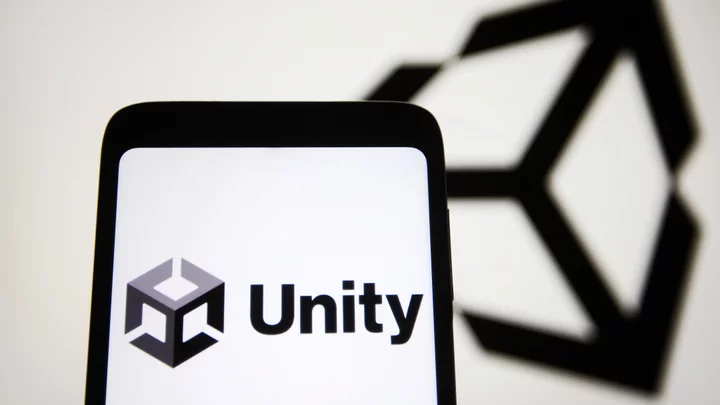
Dark cloud over ChatGPT revolution: the cost
The explosion of generative AI has taken the world by storm, but one question all too rarely comes up...
2023-05-21 09:50

Paige Spiranac takes fans on trip down memory lane of her golf influencer career: 'It's been all worth it'
Paige Spiranac shared how she transformed her humble start as a collegiate golfer into the career of a golf influencer
2023-08-27 13:55

Europe's strategy to boost its computer chip industry and compete with Asia gets final approval
European Union member states have given final approval for the bloc’s master plan to expand semiconductor production
2023-07-25 19:28

Nexi shares fail to open on bid report as CVC declines to comment
MILAN Shares in Italy's Nexi failed to start trading at open on Wednesday due to excessive gains fuelled
2023-10-18 15:51

The Best Nintendo Switch Games for 2023
The Nintendo Switch is more than six years old, and shows no signs of slowing
2023-07-02 00:52

ECOVACS Introduces Higher and Hotter Performance to Its DEEBOT Lineup with T20 OMNI
SAN MATEO, Calif.--(BUSINESS WIRE)--Jun 1, 2023--
2023-06-01 21:29

Taylor Swift Concert Tragedy Highlights Dangers of Climate Change
The death of a Taylor Swift fan in the midst of a heat wave in Brazil is another
2023-11-24 00:26

FC 24 Champions Rewards Changes: Red Player Picks Removed
EA FC 24 Champions rewards received a major change by removing red player picks from the default rewards lineup.
2023-09-18 23:15

AI model startup Reka raises $50 million led by DST Global
By Krystal Hu Reka, an AI model startup founded by former researchers from Alphabet's DeepMind, has raised $50
2023-06-28 00:17

Linda Yaccarino to bring vaunted ad skills to Twitter
Named Friday as Elon Musk's successor as Twitter CEO, Linda Yaccarino is a respected media and advertising executive considered...
2023-05-13 07:47

World Has 14% Chance of Keeping Warming Below 1.5C in Best Case
The world only has a tiny chance of keeping global warming below a key threshold that could cause
2023-11-20 22:22

Bentley Systems Announces Allen Li has Joined as General Manager, China
EXTON, Pa.--(BUSINESS WIRE)--Jun 6, 2023--
2023-06-07 04:22
You Might Like...

Trail of ghostly crabs leads scientists to extraordinary underwater discovery

Diablo 4 Brackish Fetch Mount Armor: How to Get for Free

Australia Signals Stepped Up Energy Overhaul Amid US Splurge

Unity Backtracks, Nixes Game Install Runtime Fees for Personal Plans

South Korea says Japan's water release plan meets standards

Amazon rolls out robotic system at Houston warehouse to speed up deliveries

'Call of Duty' maker to invest in Barcelona after EU approves Microsoft deal

Microsoft, Activision CEOs to Defend $69 Billion Deal in Fight With FTC
